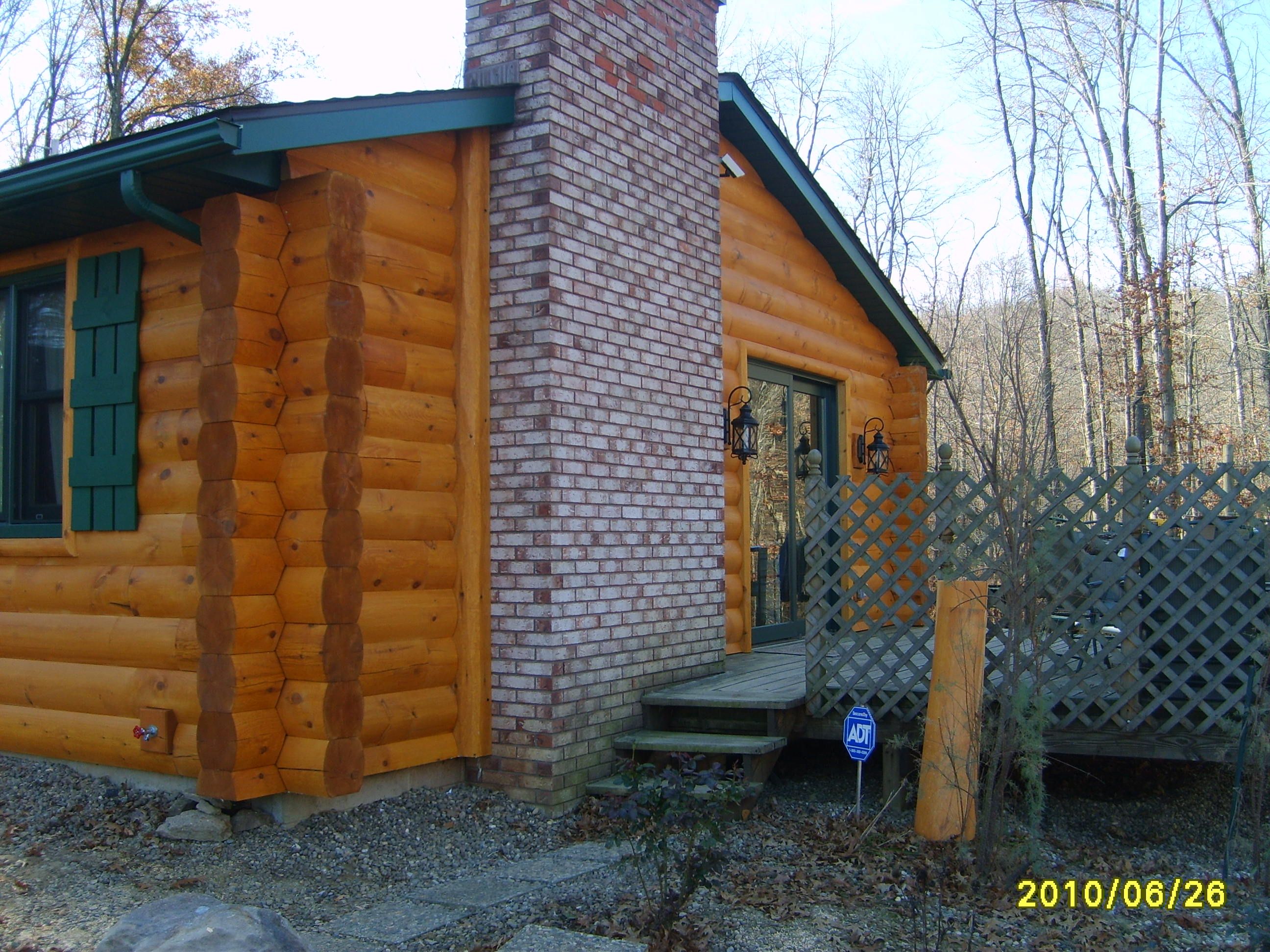Log Cabin Notches for Beginners

There’s a lot to consider when building a log home. From the type of wood used to the stain and type of notch, it may feel overwhelming! But we’re here to help every step of the way. When it comes to deciding which notch to use in the wood, there are many options to consider with pros and cons to each.

What’s a Log Cabin Notch?
Before we get into the different types of log cabin notches, it’s important to understand what a notch is and why it’s important. A notch will help to keep your beautiful log home structurally safe and weatherproof! Where two logs intersect, notches are cut to lock the two logs together and keep the seal tight.
Log Cabin Corner Notches
Saddle Notch
The saddle notch is the most traditional of all notches. With this style, a notch is cut into one side of the log so it can connect at the corner to the log below it. This allows the logs to sit flush with one another and create a seal. This type of notch will give your cabin a traditional feel with minimal maintenance.

Log Cabin Dovetail Notches
While the dovetail notch is less common nowadays, it still has many benefits. The dovetail notch is known not only for the beautiful design it creates once completed but also for its strength over time. One of the biggest benefits to the dovetail notch is the seal it creates just gets stronger with time. Due to the shape of the cuts, there’s also a lower risk of water settling in the cuts which can cause wood rot over time. If you have ever played with Lincoln Logs as a kid, this technique will remind you of the toy!
Butt and Pass
The butt and pass technique doesn’t involve creating any notches at all. This technique is great for beginners because it requires limited construction or upkeep. When you think of a traditional log cabin you’ve seen in the past, this is likely the method used to build that cabin. This approach was created as a quick and easy way to build a log home because it doesn’t require cutting the logs.
Corner Post Notch
The corner notch is also known as the upright groove and tenon corner. Instead of the logs connecting and intersecting at the ends with one another, they connect to a post at the corner. This style has been used for thousands of years and is easily the most intricate option. Due to the logs connected at the end to a vertical post, this approach generally results in a log cabin that looks much different than the other options.


Easy Installation and Custom Built Log Cabin Notches
At Northern Log Supply, we can pre-engineer and pre-build our residential products, which results in less work for our customers. As experts in the logging industry, we’re happy to help you build your dream log home. We can help recommend pre-finish or pre-stain options that will help to save you money and time. Are you ready to bring your log cabin dreams to life? Contact us so we can help!
